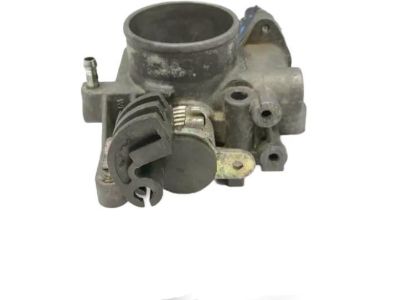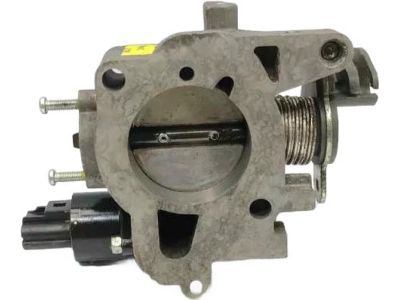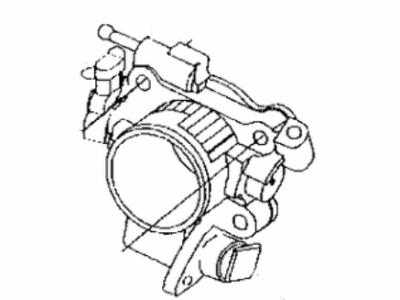
My Garage
My Account
Cart
Genuine Chrysler Cirrus Throttle Body
Fuel Injection Throttle Body- Select Vehicle by Model
- Select Vehicle by VIN
Select Vehicle by Model
orMake
Model
Year
Select Vehicle by VIN
For the most accurate results, select vehicle by your VIN (Vehicle Identification Number).
1 Throttle Body found

Chrysler Cirrus Throttle Body Assembly
Part Number: 4669853$130.11 MSRP: $165.57You Save: $35.46 (22%)
Chrysler Cirrus Throttle Body
Chrysler Cirrus throttle body is responsible for the control of the amount of air getting into the engine, thus, performance and efficiency are associated with it. It is installed between the air cleaner and the intake manifold and it is equipped with a butterfly valve which opens/closes depending with the position of the accelerator pedal. This mechanism enables greater volume of air to be drawn into the engine each time the pedal is pressed and in turn the PCM adjusts the fuel flow. There are some differences in the interiors of Chrysler Cirrus models that are made with Electronic Throttle Control or simply ETC instead of the familiar mechanical throttle control, which works with the help of a number of sensors and an electricity-driven throttle motor. This change enhances dependability and compatibility with security solutions. Although the earlier generations are equipped with Throttle Body Injection (TBI), the later Chrysler Cirrus models rely on multi-port fuel injection systems proving to be of higher efficiency in regard to the engine performance and emissions standards compliance. There are situations when the Throttle Body itself deteriorates or there are some deposits on its surface and it is necessary to clean it regularly.
Looking for affordable and high-quality auto parts? Then you have already arrived at the proper online shop. We offer all Chrysler Cirrus Throttle Body at great affordable prices. Moreover, all genuine Chrysler Cirrus Throttle Body come with a manufacturer's warranty. In the long run, you would realize you have saved a lot of trouble and money with OEM parts from here.
Chrysler Cirrus Throttle Body Parts Questions & Experts Answers
- Q: How do you properly remove and clean the throttle body and its components on Chrysler Cirrus?A:To begin, remove the air cleaner assembly and verify that the Accelerator Cable, cruise control cable (if equipped), and throttle valve operate smoothly without binding or sticking. Inspect the throttle bore, throttle valve, IAC by-pass port, and canister purge vacuum port for carbon deposits; if present, remove the throttle body from the vehicle and the IAC motor, then clean both with a spray-type carburetor cleaner and a toothbrush. If the throttle valve does not operate freely after cleaning, replace the throttle body. Disconnect the negative battery cable from the ground stud on the left shock tower, then remove the air cleaner assembly. Disconnect the canister purge vacuum hose from the throttle body and detach the accelerator cable and cruise control cable (if equipped) from the throttle valve lever. For four-cylinder engines, remove the accelerator and cruise control cable bracket and position it out of the way. Disconnect the TPS and IAC sensor connectors from the throttle body, remove the mounting bolts, and withdraw the throttle body and gasket from the manifold. The throttle body O-ring seal on 2.0L four-cylinder engines is reusable; inspect it for hardness and cracks, and if no defects are found, it may be reused. For all other models, remove all traces of gasket material from the throttle body and manifold, and clean the throttle body if necessary. Install the throttle body with a new gasket (reuse the O-ring seal for 2.0L four-cylinder engines) onto the intake manifold, then tighten the throttle body mounting bolts to the specified torque. Complete the remaining installation steps in reverse order and ensure that the throttle body operates freely after installation.









